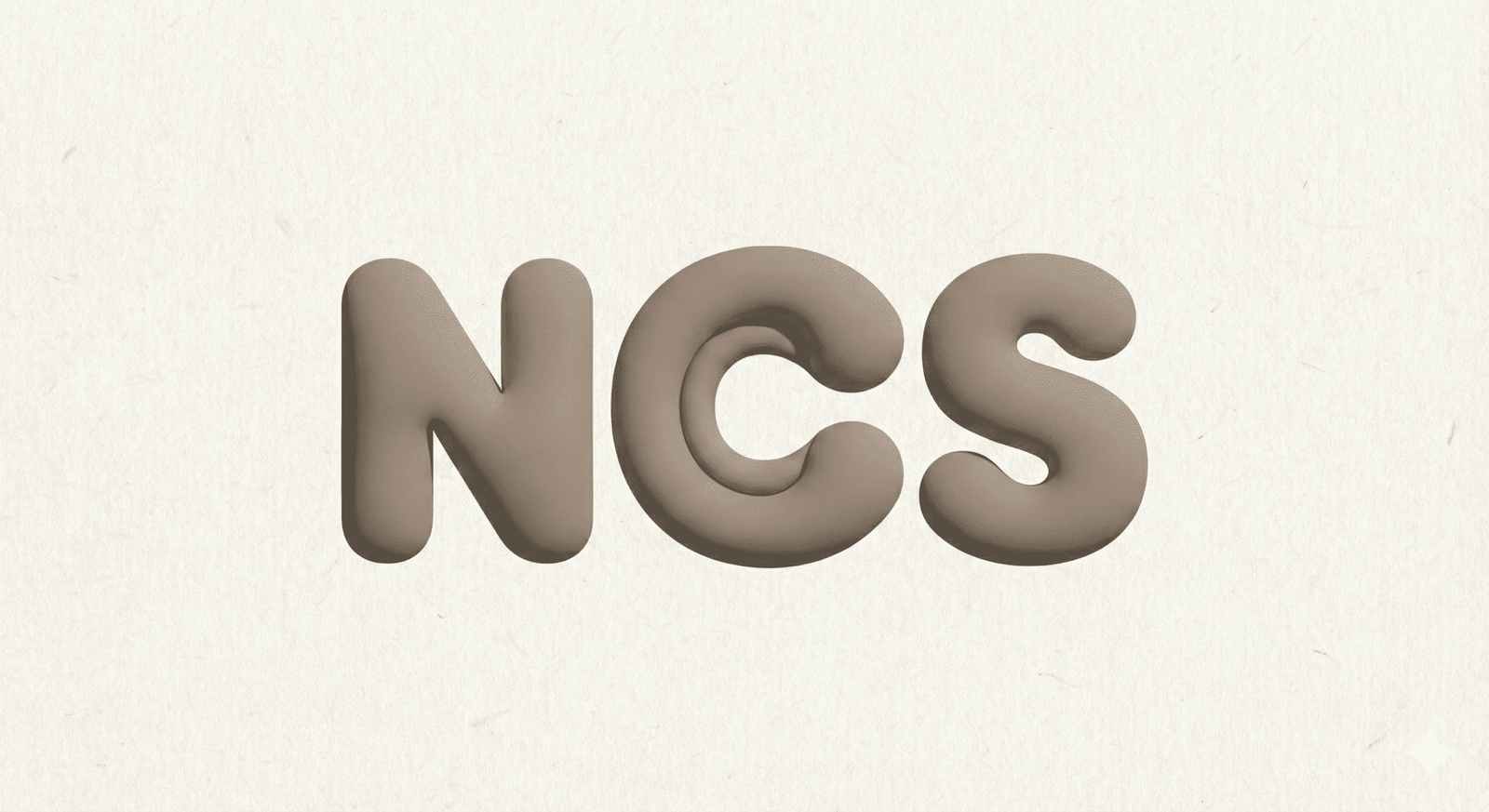Wooden floors are elegant but can be prone to scratches and damage. Finding the perfect pair of slippers to protect your wooden floors is essential for homeowners with this type of flooring.
Slippers with soft soles are ideal for wooden floors. They provide a cushion between the foot and the floor, minimizing any potential damage. Slippers made of materials like cotton or EVA with non-slip rubber soles are great choices for this type of flooring.
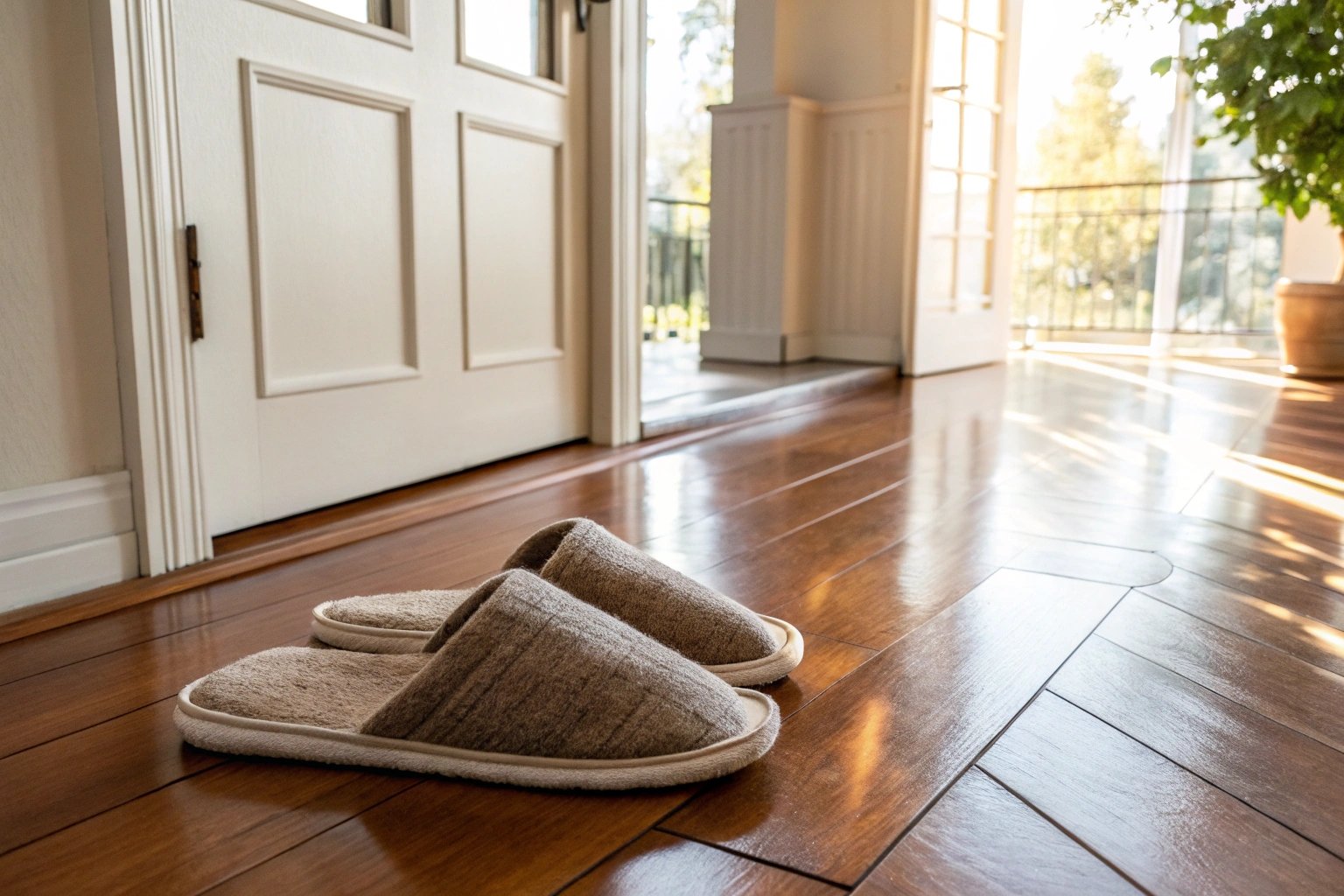
Transitioning to wooden floors, I’ve learned that both beauty and protection are vital. Slippers must prevent damage while offering comfort. So, what are the best slippers?
What materials are ideal for protecting wooden floors?
Material choice in slippers isn’t just about comfort—it’s also about protection. Wooden floors demand careful attention to avoid damage.
Cotton slippers with non-slip EVA soles are some of the best materials to protect wooden floors. Their soft texture reduces abrasion, while the EVA sole provides traction and prevents slipping, offering both safety and minimal harm to the flooring surface.
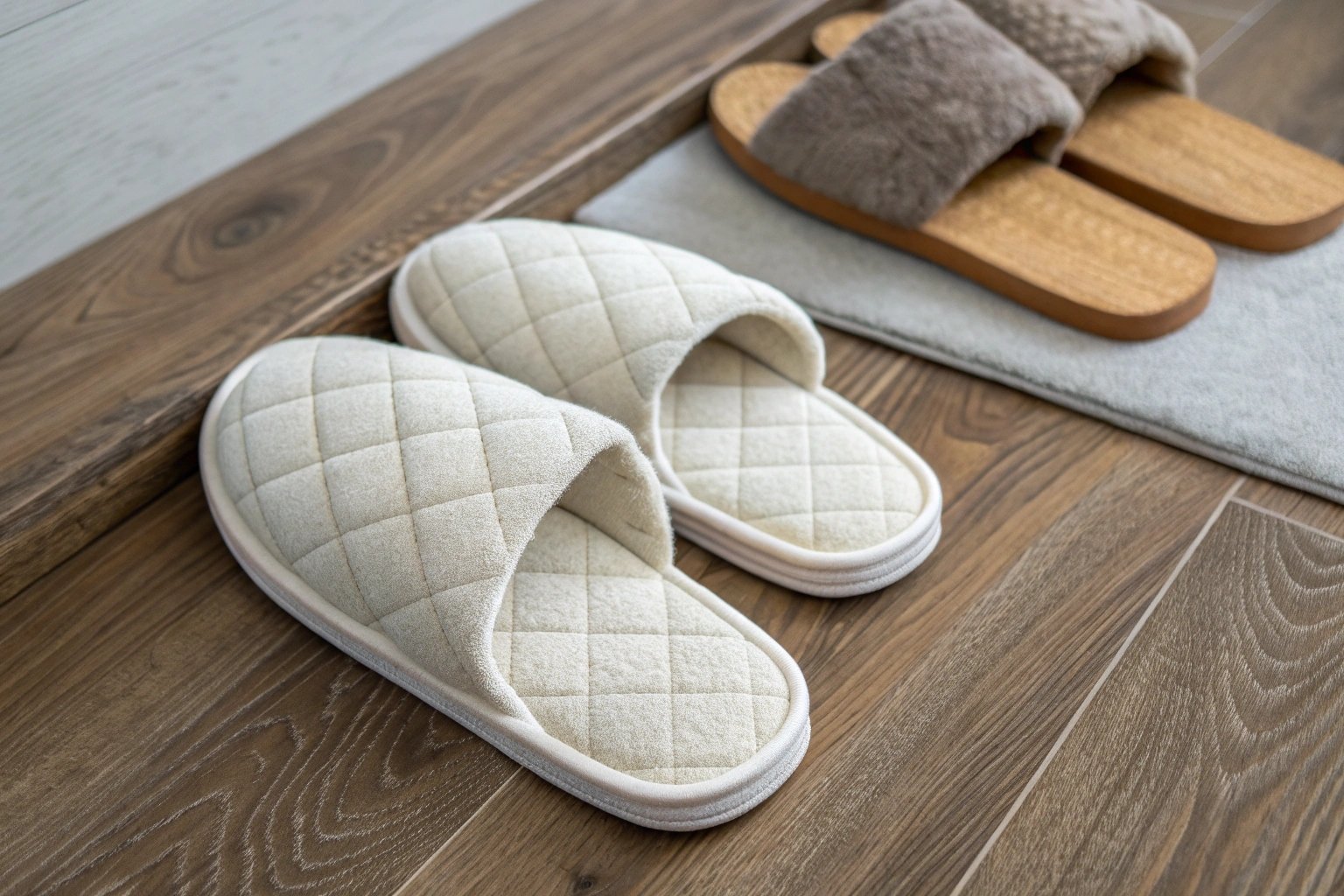
In considering slipper materials, cotton slippers are often at the top of the list. Cotton provides a balance of softness and durability that wooden floors require. It’s gentle on the surface and easy to maintain. The non-slip EVA sole is another excellent shoe component. EVA is light, durable, and usually more stable when stepping around different surfaces. Its rubber content gives grip, and its construction reduces harm on natural woods. Think about this: would a hard sole tread on delicate grains? With these materials, the slipper ensures that wooden floors aren’t scuffed or marked. The combination offers long-term protection and comfort for home footwear users daily.
Which slipper features prevent slips and falls?
Avoiding accidents on wooden floors is crucial, especially with slippery surfaces. What slipper features are key?
Non-slip soles with a grip design are vital for preventing slips and falls on wooden floors. This design enhances traction, reducing the risk of accidents while offering a secure walking experience. Consider both the sole’s material and pattern for optimized floor safety.
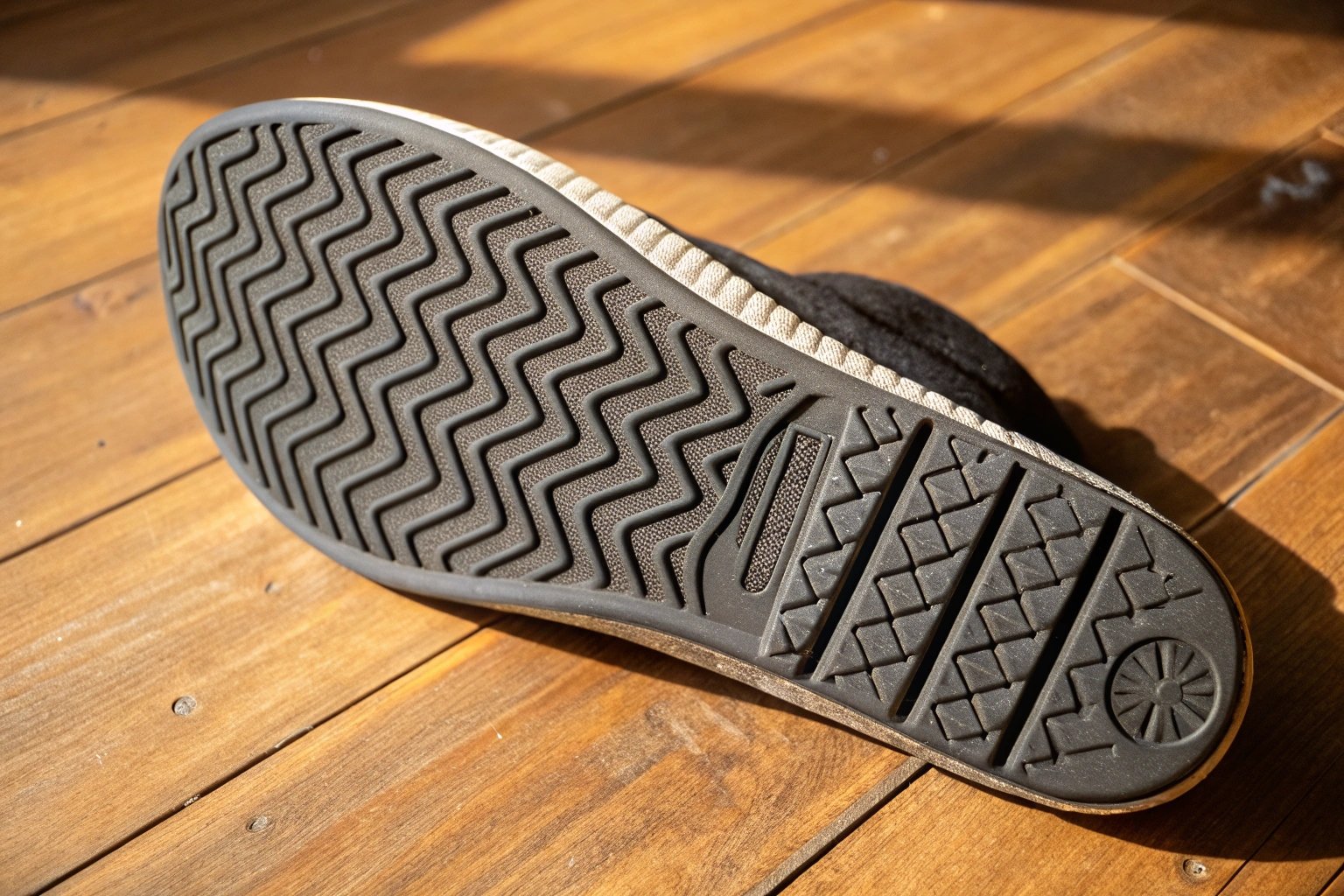
Dive deeper into features that promote safety. A low-profile, non-slip tread provides a stable grip for walking inside. Materials like rubber or certain polymers often form the basis of these soles. The pattern assists in gripping the floor so residents can avoid unwanted movement. Considerations such as sole thickness and durability also matter; these influence comfort levels as well as grip. A thoughtful tread design can be gentler on knee joints and muscular systems while walking or standing at length. Innovative sole designs offering these features deliver multiple advantages and have broader protective floors in various conditions. Whether the floor’s wet, dusty, or polished, pattern-designed soles address usability, safety, and environmental harmony effectively.
What’s the importance of slipper maintenance?
Regular maintenance of slippers can help prolong their useful lifespan and maintain their protective function toward wooden floors.
Cleaning slippers regularly, checking for wear and tear, and replacing the soles when needed can maintain both the function and appearance of slippers. Proper care ensures slippers remain hygienic and efficient while safeguarding wooden floors.
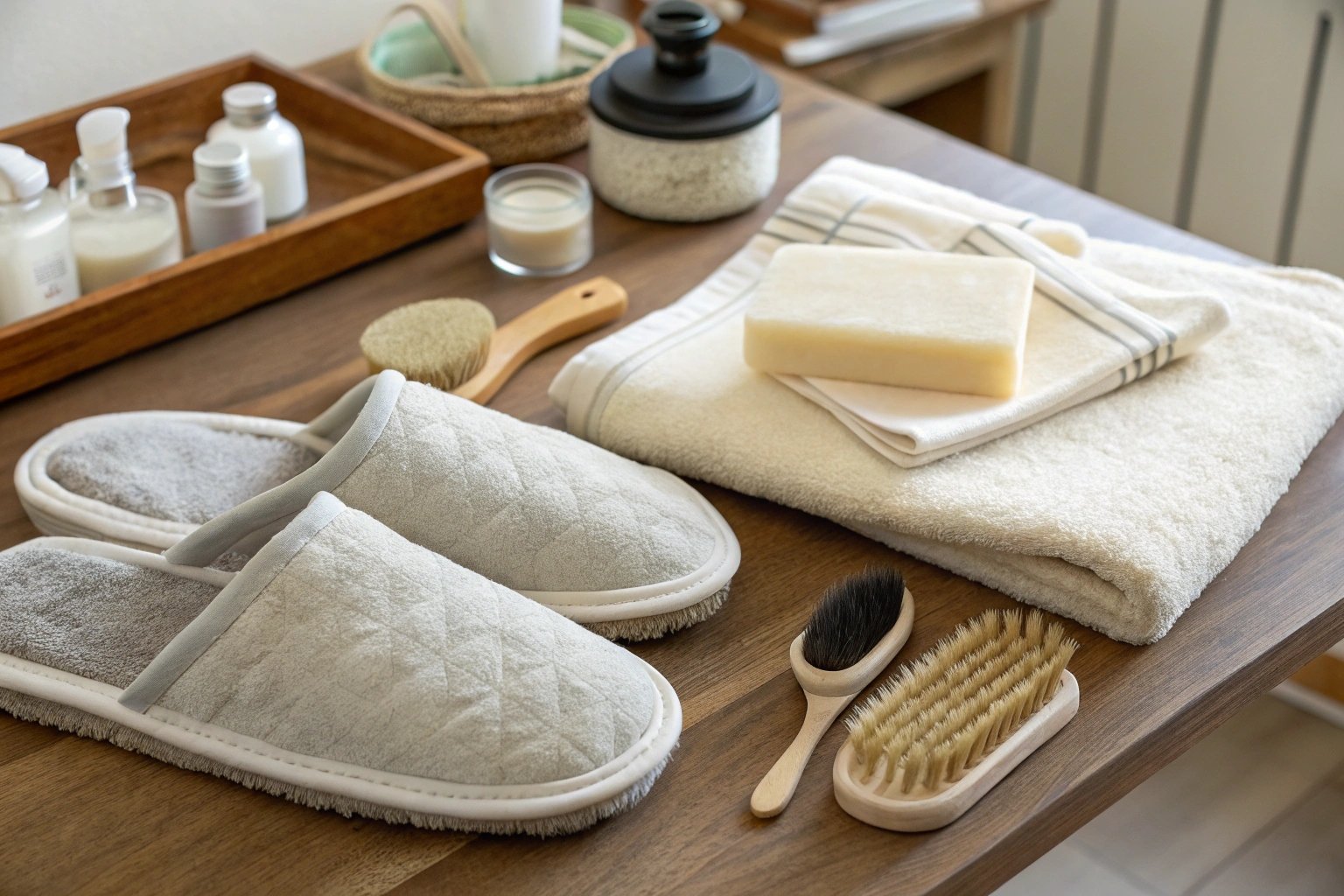
Maintenance plays a crucial role in promoting slippers’ longevity and ensuring wooden floor health. Clean slippers mean clean floors because as dirt accumulates underfoot, it might cause scratches or blemishes. Each pair should be inspected for wear, especially around the fabric and sole. Regularly checking slipper conditions allows early detection of key removal and replacement needs—preventing voided use or damaged surroundings. More importantly, though, cleaning is not simply an aesthetic but pragmatic process. It prevents slip incidents from build-ups like oil or water and prolongs the material life. By targeting typical weaknesses and vulnerabilities in slippers, you make sure they only provide excellent floor contact almost continuously. Investing in some slipper care takes nothing but mindset changes and system reinforcements making results undeniable.
Conclusion
Choosing slippers that protect wooden floors involves considering materials, features, and maintenance practices. Soft soles, non-slip properties, and regular upkeep ensure longevity for both slippers and flooring.
